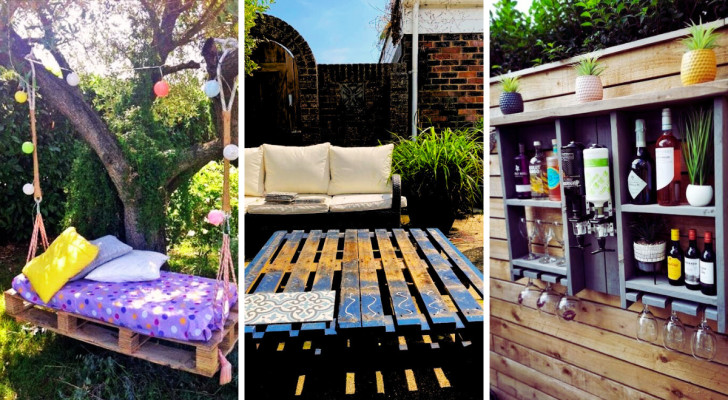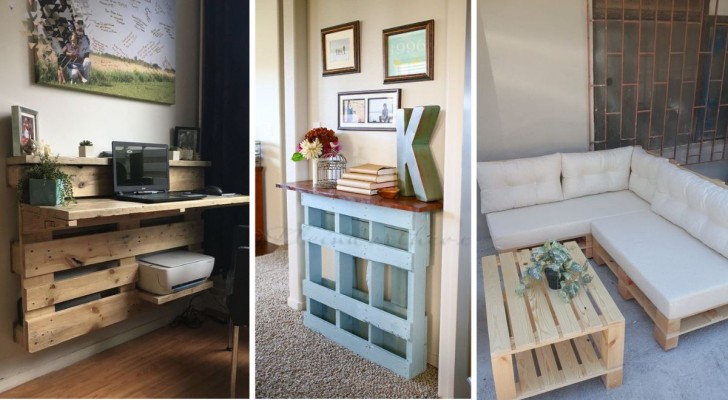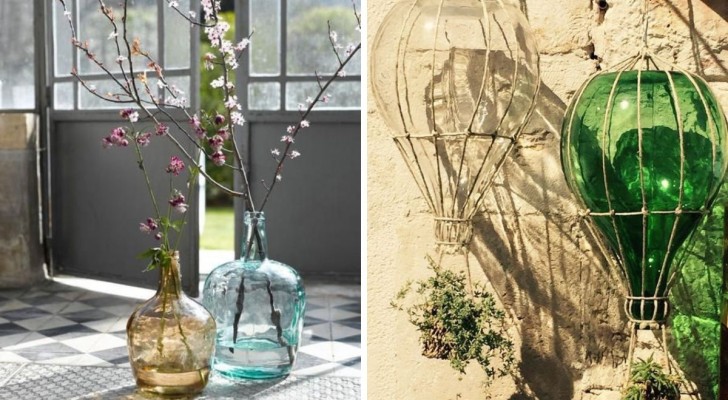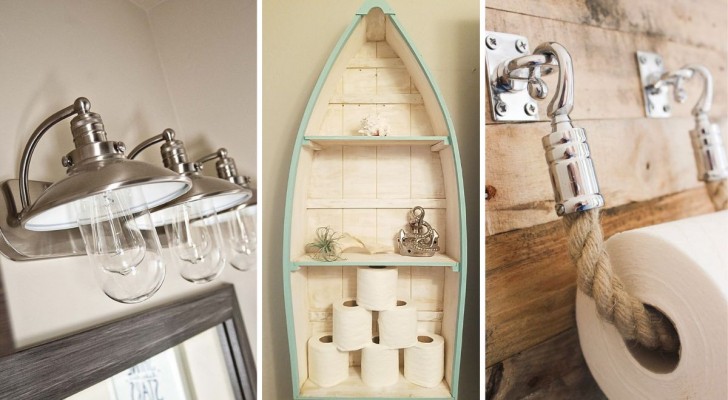Create beautiful pathways in your garden: 11 great ideas to consider
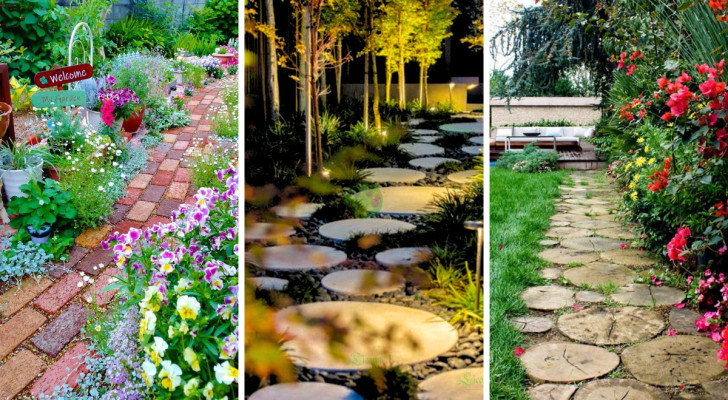
A garden path has multiple functions: it decorates, separates, guides and shows the way (of course!). In fact, garden paths tend to "draw" us to follow them and explore the greater expanses of the property (with all its "hidden treasures").
Knowing what purpose/s you want your garden paths to serve, will also inform you about the best materials to use to construct them with. Check out the suggestions below:
1. Bricks
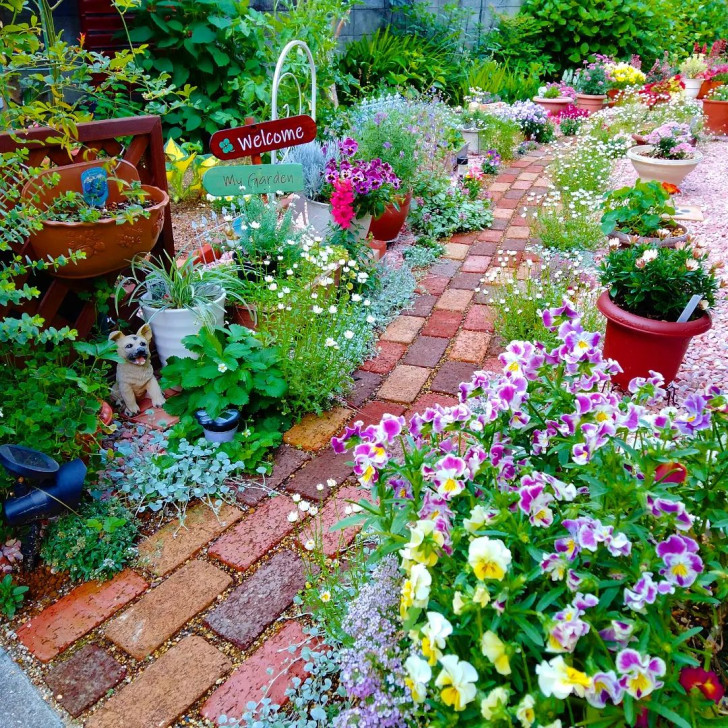
You can never go wrong with a brick pathway: be they laid out in straight lines (ie. the quickest routes) or as winding, scenic routes through the garden, brick pathways will always look beautiful..
2. Natural stone paving
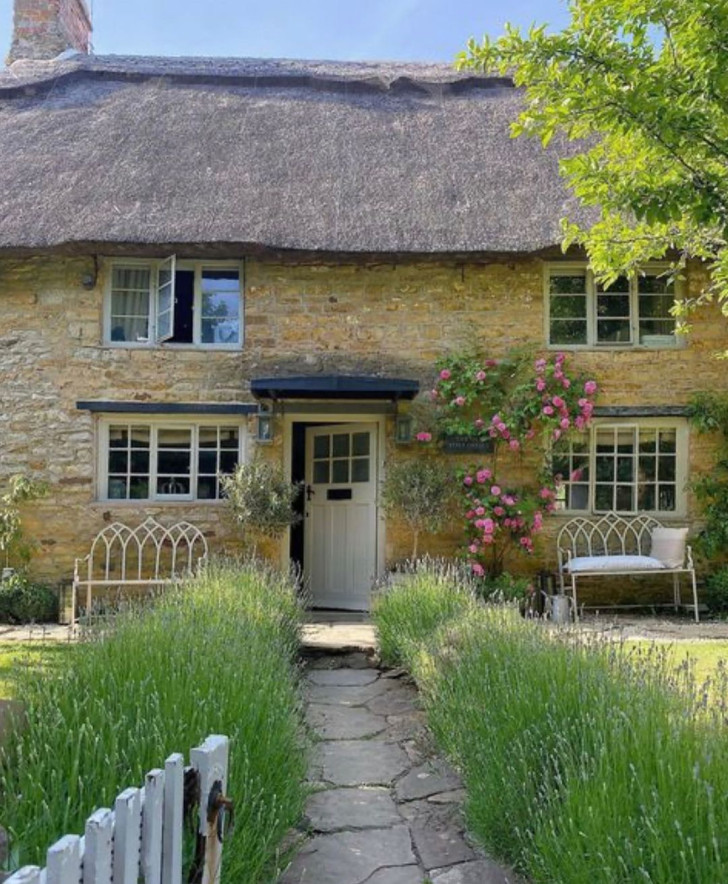
small_magical_gardens/Instagram
Using natural stone is another way to lay a pathway which will be free of mud and weeds (especially if the stones are laid properly). Porphyry (ie. igneous rocks with coarse-grained crystals), slate and limestone are popular materials that paving stones come in (and are also commonly known as "flagstones").
For short pathways, you can used "untreated" stone for a more natural appearance. And the choice of stone can be driven by the colors/style of your garden (or the surrounding, local geology).
3. Paved and decorated with plants
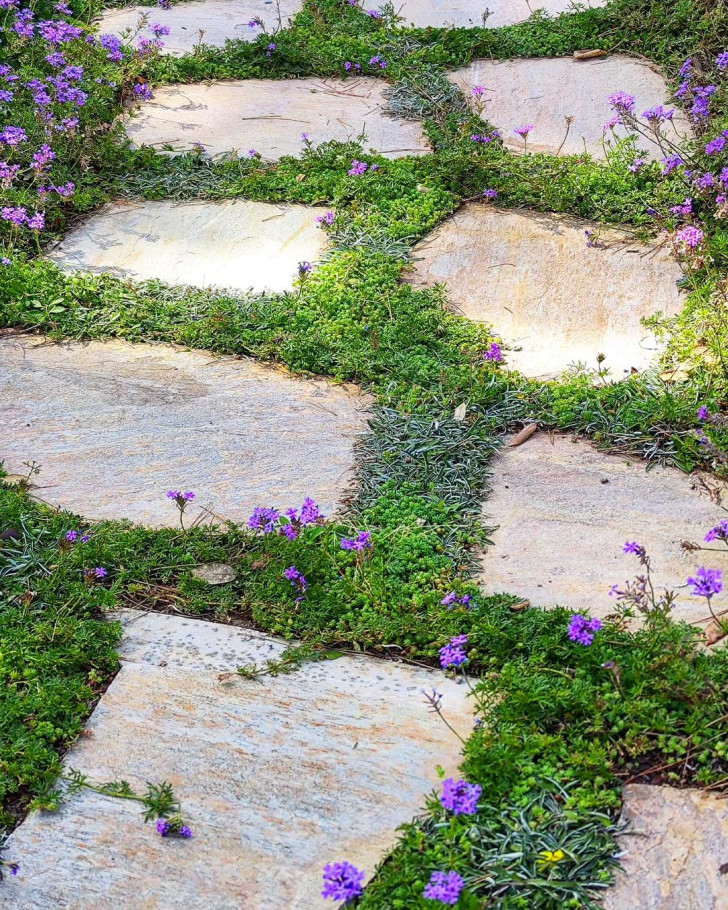
@stefanoassognagiardini/instagram
When considering laying down flagstones - be they regular in shape or not - you also decide whether or not to fill the gaps between them with cement, mortar, gravel... or even plants! There are some ground cover plants - like mosses and succulents - which you can cultivate in these gaps for a truly stunning overall effect (as shown in the above photo).
4. Japanese style
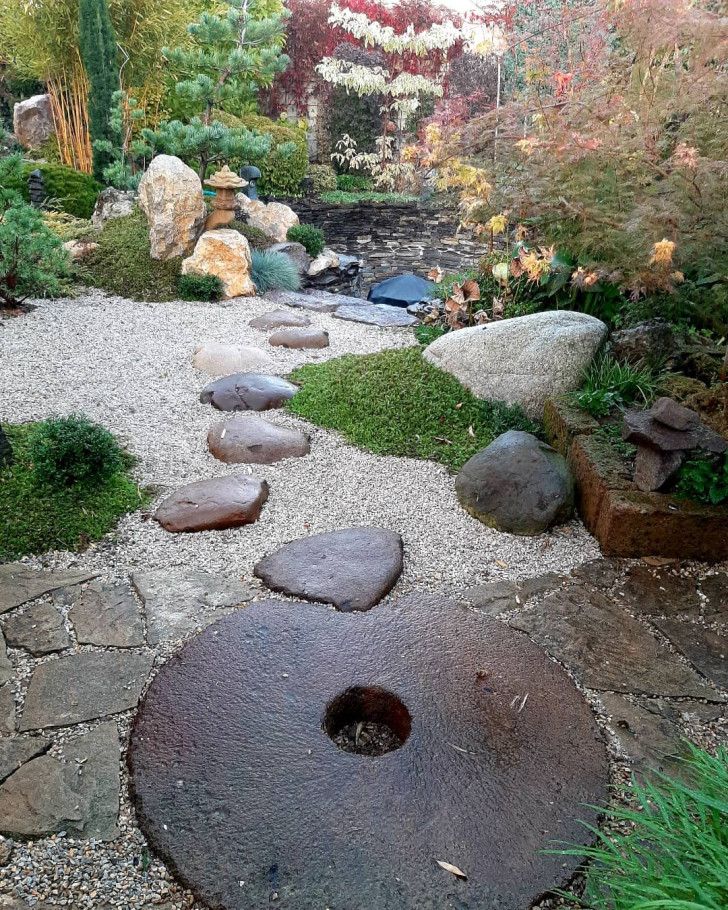
From Japan, there's these "Japanese stepping stones": these are large stones that are placed to look like little islands in the middle of a "sea" of gravel. Typically, these are laid down in the middle of the lawn, or to create pathways through flowerbeds (which protects young plants from being trampled underfoot).
5. A mix of techniques

Staying with Japanese stepping stones, the next thing to decide on is the shapes and colors the materials should have: instead of using gravel, you could use larger pebbles or bricks. In this example, the layout looks somewhat reminiscent of a charming railway cutting!
6. Cement Japanese stepping stones
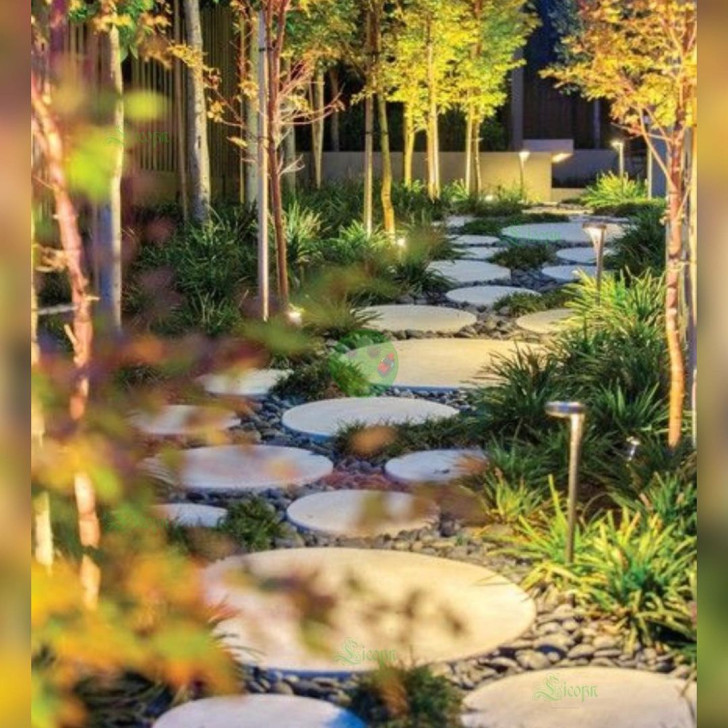
Japanese stepping stones can also be made from concrete in any shape you like. They can be simple circles (like shown here) but can also be made using DIY molds large leaf designs. Or you could even decorate your (wet) concrete stepping stones with your kid's footprints, bits of colored glass, broken crockery and much, much more.
7. Classic gravel
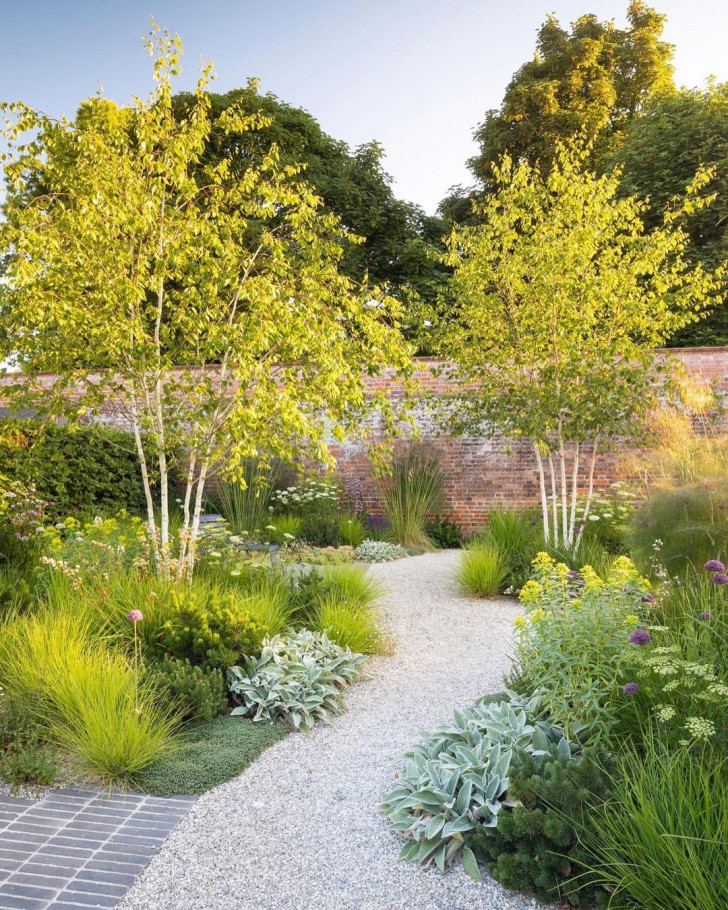
Gravel remains the top pick for garden pathways. And gravel comes in a thousand different colors and granule sizes, so you will be sure to find an ideal match for your garden.
It is also worth knowing about so-called stabilized gravel, i.e. a paving in which the gravel is mixed with cement, concrete or some other eco-friendly stabilizer. This stabilized gravel is much easier to maintain but keeps the beauty of classic gravel.
8. A wooden pathway
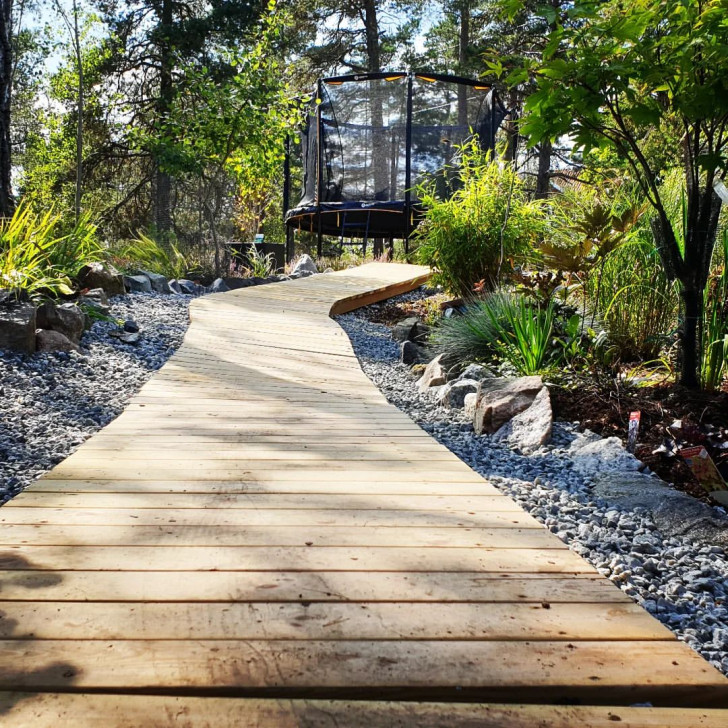
Wood is the perfect material for pathways that are raised off the ground. But nothing stops you from placing wood pathways at ground level (on a bed of gravel) - the choice is yours!
9. Wooden discs

This rustically-styled pathway has been made by laying down discs cut from tree trunks.
10. DIY, mosaic pathway

Using mosaics to decorate garden paths is also a popular choice: these mosaics can be created using shells, brick fragments, broken tiles and ceramics/crockery, pieces of mirrors (or old DVDs), unwanted jewelry and much, much more.
11. Transformed concrete

decorativeconcreteofvirginia.com
If you want stone or wooden paving but can't afford it, you can use concrete to "imitate" these materials. There are a thousand ways that concrete can be finished and colored to make a passable carbon-copy of other materials (like wood, for example)!
Which idea is best suited to your garden?
